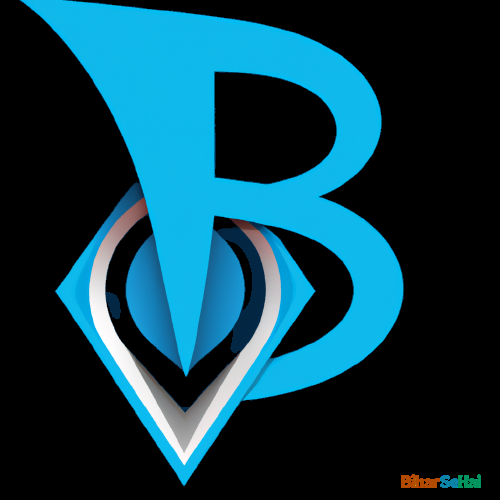How to join the ends of a quilt binding with a diagonal seam
Creating a polished finish on a quilt often involves binding its outer edges with a neatly joined seam. Whether you’re a beginner or an experienced quilter, knowing how to join binding ends is a valuable skill. In this guide, we’ll explore an easy method for joining quilt binding ends with a diagonal seam. This technique ensures a seamless and professional-looking finish, without any unsightly overlap. Let’s walk through the process step by step.

Joining Binding Ends with a Diagonal Seam:
- Prepare the Binding: First, ensure your quilt’s binding strips are cut to the correct length, with a little extra for overlap (usually about 10 inches). Fold the binding strips in half lengthwise, creating a double fold binding.
- Overlapping the Ends: Lay the quilt flat with the binding strips positioned along the edge. Leave a small gap between the two binding ends where they’ll meet, ensuring that the overlap doesn’t coincide with a quilt corner.
- Mark a Diagonal Line: At the point where the two binding ends meet, mark a diagonal line from one corner of the binding strip to the opposite corner. This will be your stitching guideline.
- Stitch Along the Diagonal Line: Sew along the marked diagonal line, securing the two binding ends together. Use a 1/4-inch seam allowance. You can pin or baste the ends together first to ensure they stay in place while sewing.
- Trim Excess Fabric: Trim the excess fabric, leaving a 1/4-inch seam allowance beyond the stitched line. This will reduce bulk when you fold the binding over the quilt edge.
- Press the Seam: Open the binding strip and press the seam flat. Make sure the binding lies flat against the quilt edge.
- Finish Binding: Now you can continue attaching the binding to the quilt as usual. Fold it over the quilt edge, ensuring it covers the raw edges, and stitch it down.


Additional Tips:
- When sewing the binding to the quilt, make sure the folded edge of the binding conceals the raw edges of the quilt. You can hand-stitch or machine-stitch the binding, depending on your preference.
- To finish a binding edge neatly, fold the final edge of the binding strip under itself before attaching it to the quilt. This conceals the raw edge and creates a clean finish.
- The diagonal seam joining method eliminates the need for bulky overlapping binding ends and results in a smooth, nearly invisible seam.
- For beginners, it’s recommended to practice the diagonal seam joining on scrap fabric before applying it to your quilt for a seamless look.

Now you’re equipped with an easy and effective technique for joining binding ends with a diagonal seam, ensuring your quilt projects have a professional and polished appearance. Happy quilting!
